|
I came across this photo today in my Facebook newsfeed. I was definitely intrigued, but a bit horrified at the same time. Perhaps, wine-flavored chips is the next big thing? I did a quick Google search to see if this was actually a new flavor, but I think it's just a joke. Nevertheless, I did come across a great article by Food and Wine about potato chips and wine pairing!
2 Comments
After our day in the Mornington Peninsula, we had a day to enjoy in Melbourne before we headed back into the vineyards while in Victoria. Our last visit took us to the Yarra Valley that takes its name from the Yarra River was just east from Melbourne. In Mornington Peninsula, we got to try mostly Pinot Noir, Chardonnay and Pinot Gris wines since those varieties thrive in the region's cool climate. Yarra Valley's warmer climate let us try more varieties like Shiraz, Cabernet Sauvignon, Merlot and Pinot for the reds, and Chardonnay and Sauvignon Blanc for the whites. Before our trip to Australia, I had gotten James Halliday's Wine Atlas of Australia to research the best vineyards to visit, and he suggested not to miss Chandon in the Yarra Valley, Australia's renown sparkling wine producer. While in Sydney, I kept an eye open for Chandon, and sure enough, it popped up everywhere on wine lists. Our first night in Sydney actually started with a glass of Chandon! Naturally, it was on the top of my list for the Yarra Valley Visit, and the first stop of the day. Chandon is actually belongs to Moët & Chandon that started sparkling wine production in the Yarra Valley in 1986 after exporting the 'traditional method' with much success to Argentina and California. The facilities were definitely designed to handle large crowds with two different counters for visitors to taste their wines. We were at the "smaller" one, but it was just as busy as the counter for larger groups. We arrived just after 10am on a weekday, so I can't imagine how busy it would've been on a weekend. However, the tasting staff did try to spend enough time with each of the guests going through the different profiles of the sparkling wines. I had a stoke of good luck because the man who was serving us had just written the WSET3 exam, so most of our conversation focused on tips for writing the exam. He told me to make sure that I know the five main methods for producing sparkling wine, and then he quizzed me on the differences of each one! I still hadn't really gotten to that chapter yet, so he told me to go through the winery's museum of sparkling wine production museum to help me gain a better understanding. Those five methods are traditional, transfer, tank, Asti and carbonation. Remember that Asti just goes through one alcoholic fermentation! I've noticed in Australia that a lot of effort goes into educating visitors about wine and even the winemaking process. I can definitely say that Chandon comes out on top when it comes to sparkling wine education with its very own museum and self-guided tour of their facilities. The tour starts out in the processing area where the workers receive the grapes from the vineyard. You can see the sorting machines and pneumatic presses. The presses extract the juice from the grapes before it's sent for alcoholic fermentation and then made into a base wine. You can see both the stainless steel vats and oak barrels that are used for the first fermentation process. The wine is then bottled with triage, a mixture of yeast and sugar, and the second fermentation starts inside the bottle, and this is when the bubbles happen since the carbon dioxide has nowhere to go, so it dissolves into the wine. After this, the wine is aged on its lees for a number of months, around 12 to 18 months. The lees are the dead yeast cells that remain after the second fermentation. If you've ever noticed those yeasty, biscuity, or pastry-type flavors in sparkling wine, that time on lees contributes to these flavors.
One of the most interesting things for me to see were the pupitres, which are A-frame racks where the bottles are stored at a 45-degree angle. The purpose of placing the bottles in these racks is to let the dead yeast cells settle to the bottom. Each day, workers give these bottles a slight shake and increase the angle of each bottle until they are almost upright, which is called riddling. After, we walked past the bottling area where the sediment from the sparkling wine is removed, and then topped up with exposition liqueur, a mixture of wine and sugar cane juice, The sparkling wine is then corked and caged. The wire cage is a safety precaution since the pressure is about 5kg of weight per square centimeter of glass. That's about 2-3 times the pressure in a car tire! There are some great infographics on the different methods of sparkling wine production on the Wine Folly website if you'd like to know more about the processes. If you want to know some of the more technical processes and commercial examples, Wine Searcher is a great source as well for Champagne production, as well as anything else you want to know about wine. After five days in Sydney, five days in Melbourne was the next stop on our Australian vacation. After my time in Melbourne, I found that it was very similar to Toronto with its many cultures and global food scene. I was quite at home since I'm Canadian. However, if I had to choose a wine region, it would definitely be Victoria over Niagara. Our first wine region to visit was the Mornington Peninsula, just south of Melbourne on Port Phillip Bay. We had the most fantastic guide from Elevate Tours who designed the most perfect day that took us from boutique wineries to the large corporate type! Our first stop of the day was at Yabby Lake Vineyards, which make wines from their own vineyards, and also from the ones they have in Heathcote. From the Mornington Peninsula vineyards we got to try their Pinot Gris, Sauvignon Blanc, Chardonnay and Pinot Noir. From their Heathcote vineyards, we tried their Grenache Rosé and Shiraz. Although it was the middle of winter in Australia with the fireplace roaring that morning, the Grenache Rosé stood out as my favorite. One thing I've noticed about Australian vineyards is their use of local artists. Many of them use local artists to design their wine labels and to provide sculptures for their gardens that are part of their restaurants. Like it Hunter Valley, they had just finished their winter pruning. However, I was able to find a photo of their vineyards from their website to see the difference between the summer and winter months. The second stop of the day was at Moorooduc Estate, which ended up being my favorite vineyard that we visited during our time in Australia. I can finally say after visiting this vineyard that I like Pinot Noir now. For the longest time, I never cared for the variety even though I should since I've been told during my studies that Pinot Noir is always one of those varieties that people like in the wine industry. However, I always found it too earthy for my taste until I tried Australian Pinot Noir, which is very fruit-forward, but still has some earthiness to it. One our way out, Ric pointed out the winery's unofficial mascot, a peacock. He said the it just showed up one day because it had been cold and raining, and it needed some shelter. However, the peacock never left, and has made its home in the outdoor café. After our day in Mornington Peninsula, I looked for Moorooduc on restaurant wine lists, and did find it as part of the wine list of fine dining establishments. Though it's a small boutique winery, it definitely has a premium reputation in the region. Our third vineyard was Quealy Wines, which was the most interesting stop we had made during our tour. In addition to tasting the wineries Pinot Noirs, Muscats and Pinot Griogios, we also got a private tour of the winery. The age their wines in either oak barrels or concrete vessels. Some of the wines are even aged in amphorae, a container that the ancient Romans used to store their wines. It was the first time for me to see these type of vessels. As usual, I took photos of the vineyards so that I could remember the type of pruning methods. Although I thought I was far enough from the vines, the winemaker came out and told me that I needed to be further away. This is quite understandable since Australia has some of the strictest quarantine measures for entering the country. Vineyards are especially worried about contamination since visitors can easily contaminate the vineyard with simply the soles of their shoes. After this visit, I noticed that the other places we had visited often had fences to make sure visitors don't walk through the vineyards. Although the Pinot Noirs were among the best I had in Australia, the highlight of the visit was the resident koala, Kooki, who has been living in the eucalyptus tree outside the tasting room for the past 13 years. Ric told us that she is incredibly protective of her tree, and has chased out numerous suitors over the years who have tried to share the tree with her. This was the very first time for me to see a koala in the wild, and since then I've been watching way too many koala videos on Youtube. In addition to the Youtube videos, I've become very interested in the loss of habitat for the koalas in Australia. On our way home while we were waiting for our flight back to Tokyo in Sydney, I came across the Save the Koala foundation at a gift shop that was selling hoodies to raise money to protect these endangered animals. One of the first things I'm going to do once I get a full-time job in the wine industry is to become a sponsor for a koala that lives on one of the protected reserves throughout Australia. The organization allows you to "adopt" a koala for a year, and your adoption fees pays for the koala's food and medical care. You can even visit your adopted koala! The last stop of the day in the Mornington Peninsula was Port Phillip Estate, which is one of those mega estates that has holdings in many different regions. It started out as a very small winery, but it now has 20 estate and single vineyard wines. There's a hotel with fining dining and a top-class tasting room that makes up the estate. Despite the size of the estate, it uses biological farming and everything is hand-pruned and hand-harvested! It was a cloudy and drizzling when we visited since that's typical winter weather in the Mornington Peninsula, but in the summer, you can see all of Port Phillip Bay from the restaurant! I bought a bottle of their flagship wine, the Ferrous Pinot Noir, which I'm supposed to lay down for about 10 years. It'll definitely be a challenge to keep it for that long in my cellar!
One of the first wine regions I wanted to visit during our two weeks in Australia was the Hunter Valley, which was just over a 2 hour drive. Along the way, we could see just a bit of the blue mist coming off of the Blue Mountains to the west of us. The blue mist is actually a fine mist of oil that comes off of the eucalyptus canopy covering the mountains. It was winter in Australia while we were visiting the vineyard areas, so most of the vineyards we saw had just finished up their winter pruning. Our first stop of the day was at Audrey Wilkinson, the oldest vineyard in the region that was established in 1866. That was one of the main reasons we wanted to visit, but also to try their flagship Shiraz and Semillon wines. The tasting room staff were fantastic, and I had such an incredible experience there. Since I had my notebook, one of the staff asked me if I were studying wine, so I mentioned that I was planning on taking the WSET3 exam. Well, out came a flight of Semillon wines that were not part of the tasting menu. The staff had just had a special Semillon training, so they gave me the same experience where I got to taste both young and aged Semillons to see how they evolved over the decades. The young ones were typically neutral in character while the older ones developed beautiful honey and toasty notes. Near the end of my Semillon training, the manager came into the tasting room and the staff told her about my studies. She then told them to give me a blind tasting with their red wines. I was able to give the profiles of both of the wines, and even pick out one of them as their Shiraz, but I wasn't able to guess the other variety, which was their Malbec. It was my first time to try an Australian Malbec, so I couldn't compare it with anything in my "wine memory." After such a fantastic experience, I couldn't imagine how the other places on our itinerary for the rest of the day could live up to the one at Audrey Wilkson Vineyard! The next stop was at Peacock Hill Vineyard where I had one of the best Chardonnays I've ever tasted in my life. I was quite lucky since our guide had arranged for me to meet the owner/ winemaker who did the tasting with me. I had told him the I was preparing for the WSET3 exam, and he then started to quiz me on my knowledge of the vine cycle and tested me on the impact of the vineyard cycle on each stage on the wine. He also took me out to his vineyards, and explained how they had done winter pruning this year, and told me to keep a lookout for the kangaroos near the entrance gate. I had asked him if they caused any damage to his vineyard, but he said that they most just use the vineyard as a napping place during the day, and that they only eat the grapes during the droughts when they can't find water. I can definitely say that the Australians like the New Zealanders roll out the red carpet to any guest who visit their tasting rooms and vineyards! Truly incredible hospitality! The last stop of the day was at Pepper Tree Wines, which was absolutely beautiful with its guesthouse and tropical gardens filled with bird of paradise and poinsettia flowers. Pepper Tree is a little different from the other places we had visited in the morning since it produces wine from its vineyards as well as vineyards from other regions, like Orange, Coonawarra and Wrattonbully regions. This type of sourcing is indeed one of the benefits of producing wine in the New World. The cellar door was one of the best I've ever visited with its high-rise wood beam ceilings. Again, once the staff knew I was studying of the WSET exam, they brought out other wines that weren't on the regular tasting menu to help with my studies. I've noticed that in Australia and New Zealand that tasting room staff and winemakers really want to share everything they know about with their visitors, and to make them feel comfortable at their vineyards since wine can been intimidating if you're just starting out.
|
Archives
November 2017
Categories
All
|
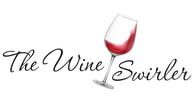
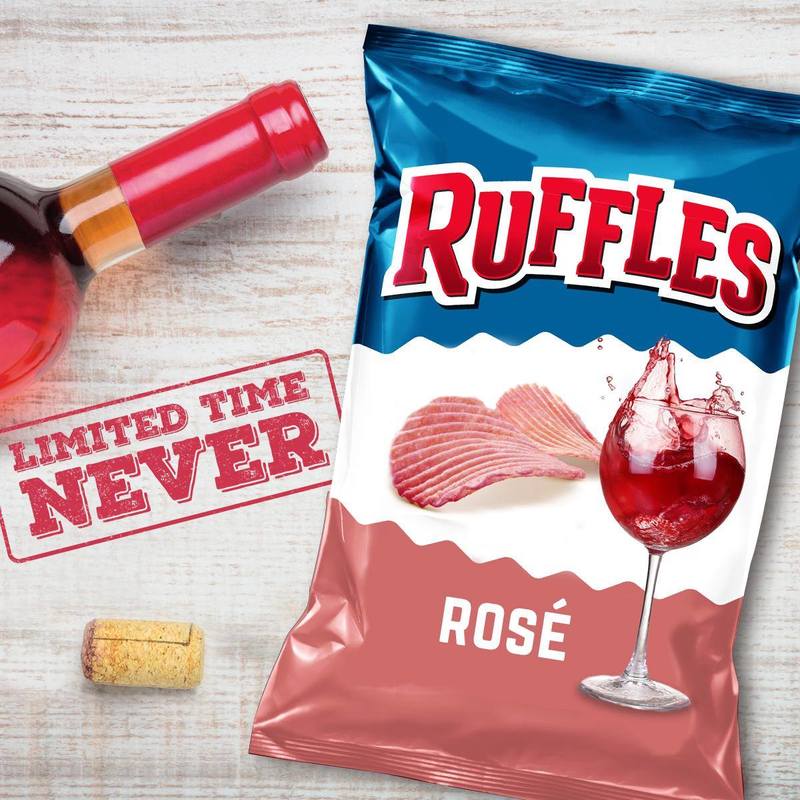
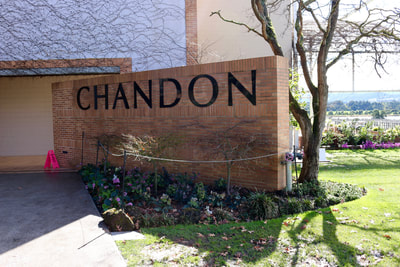
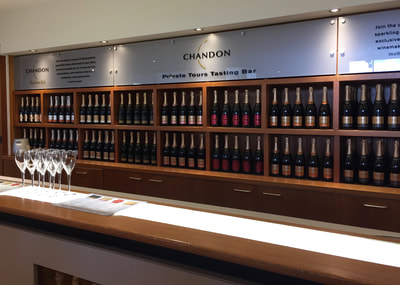
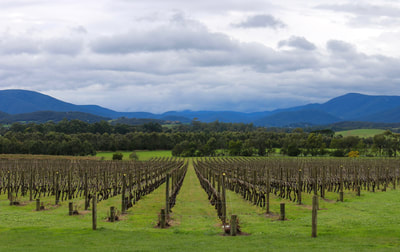
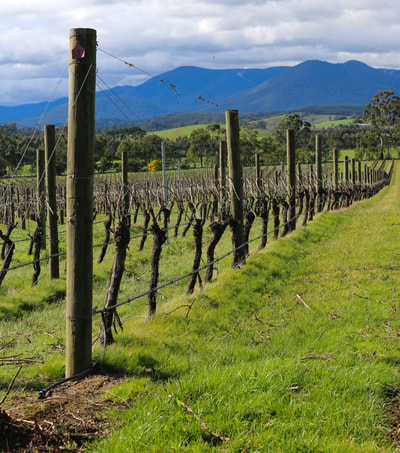
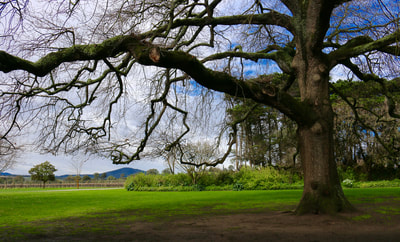
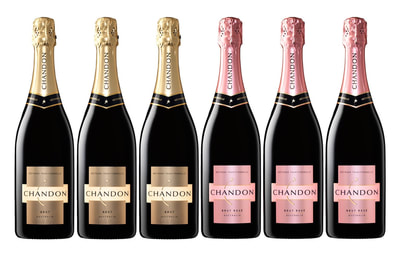
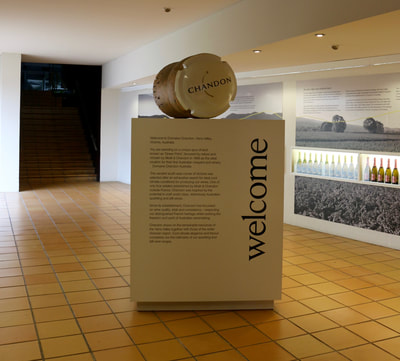
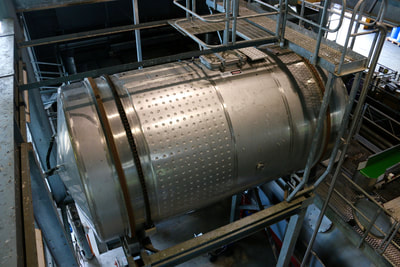
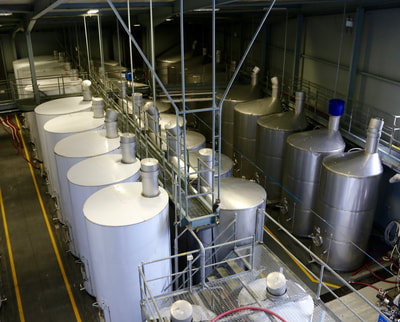
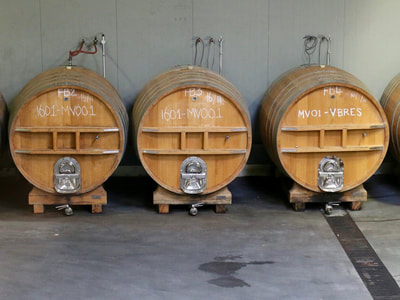
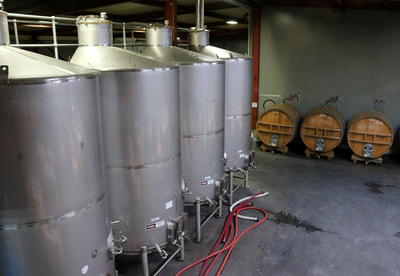
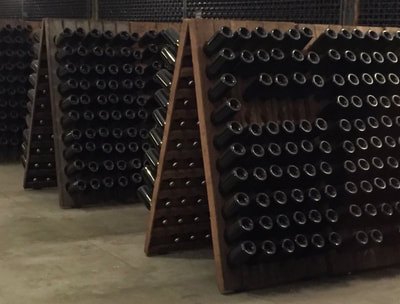
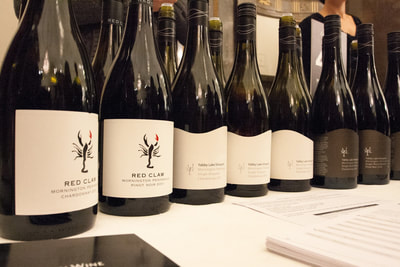
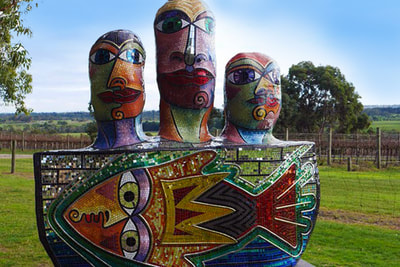
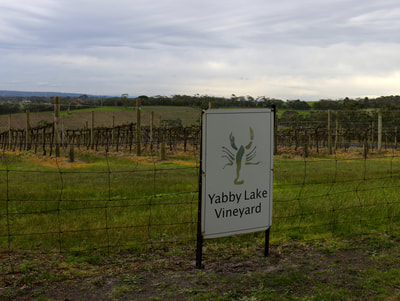
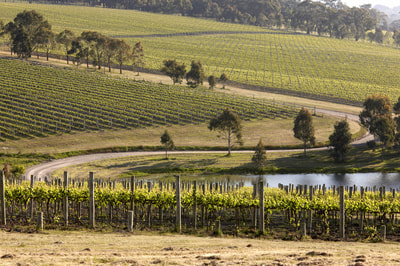
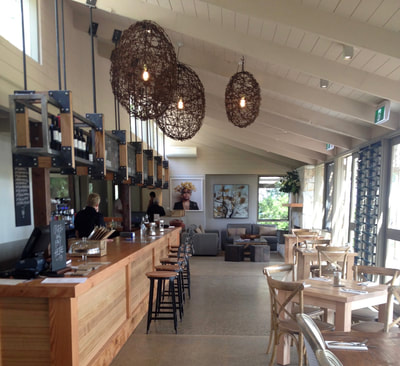
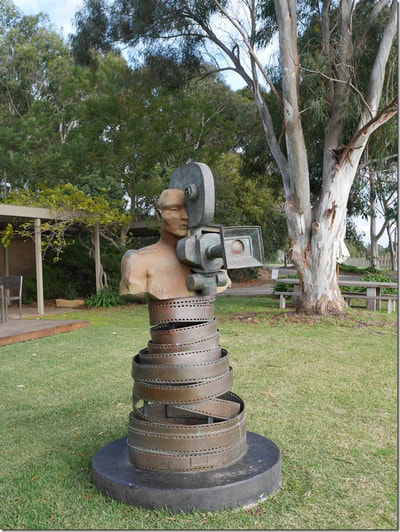
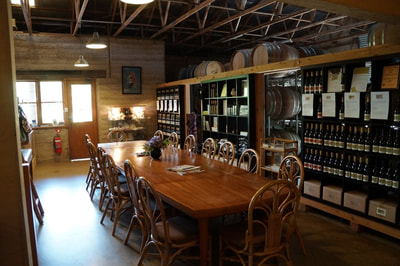
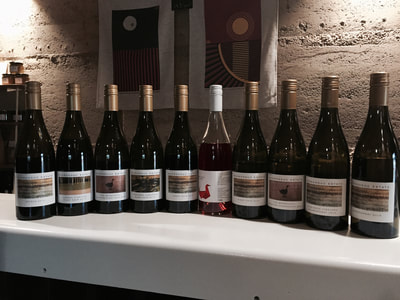
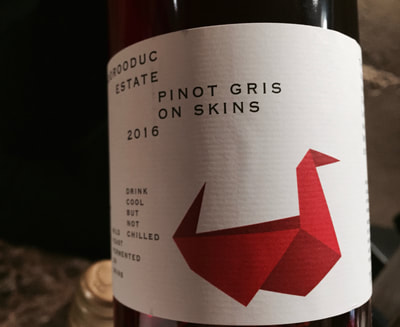
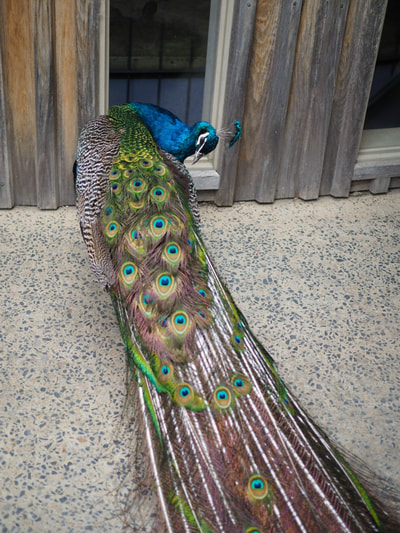
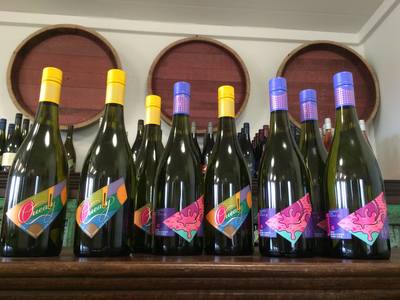
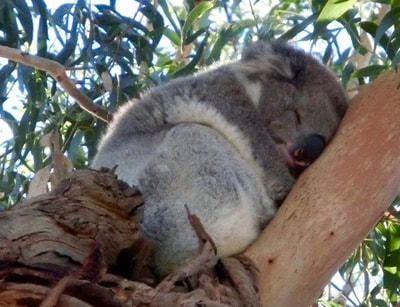
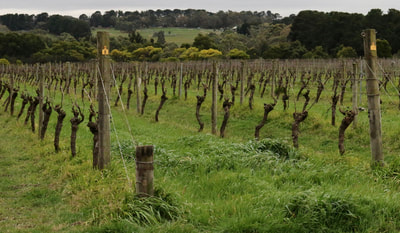
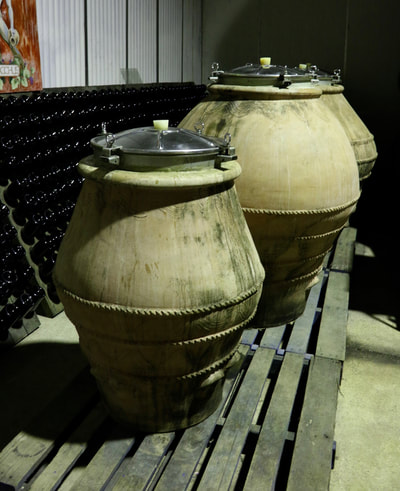
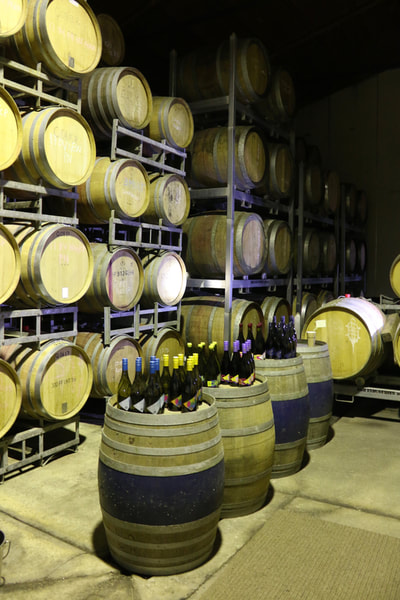
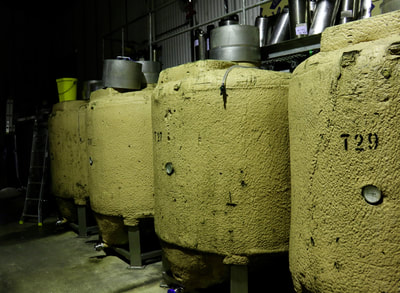
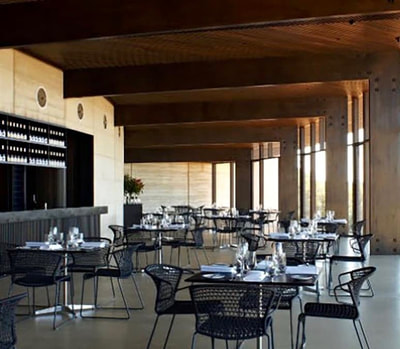
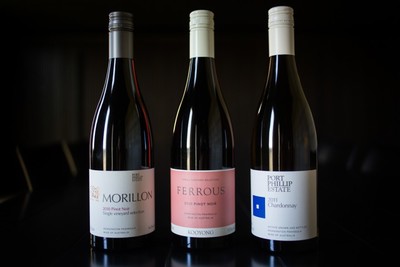
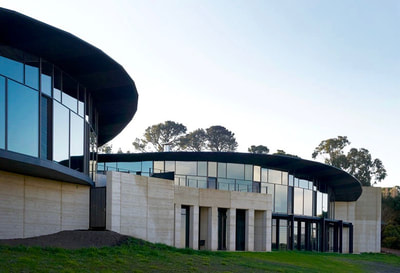

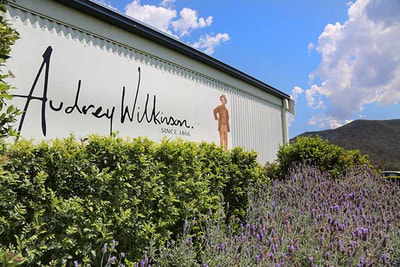
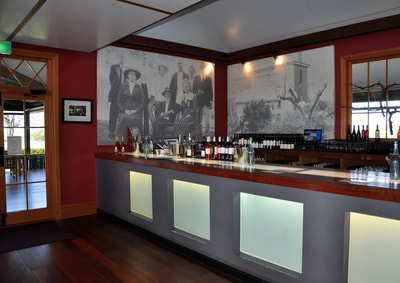
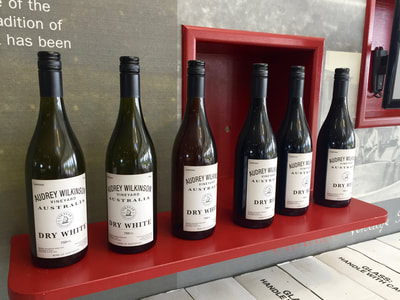

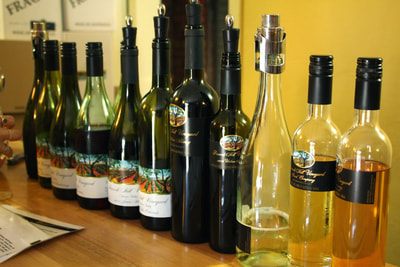
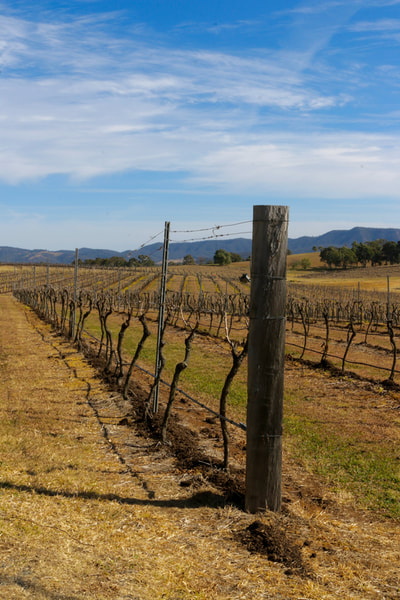
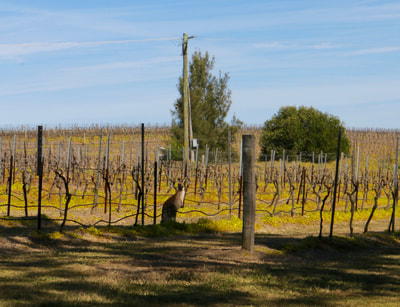
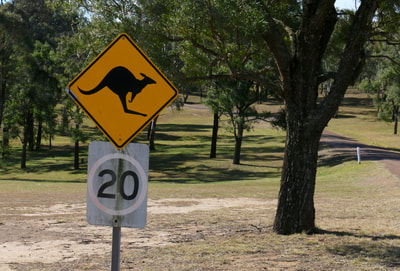
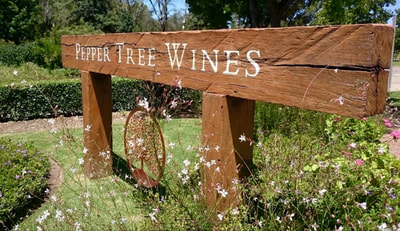
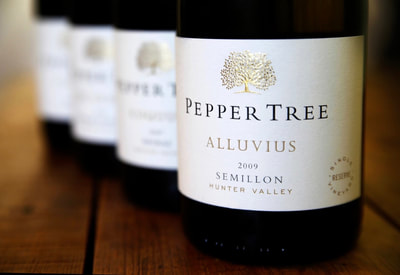
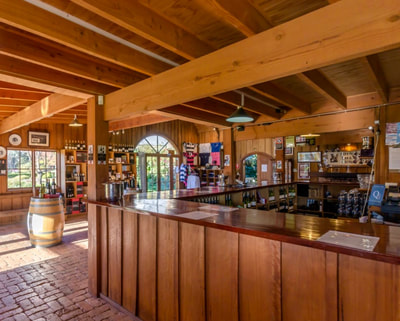
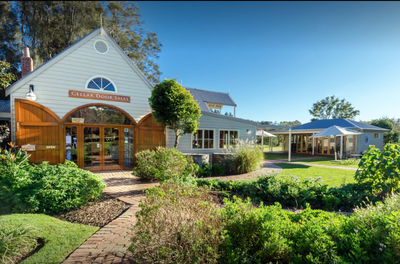
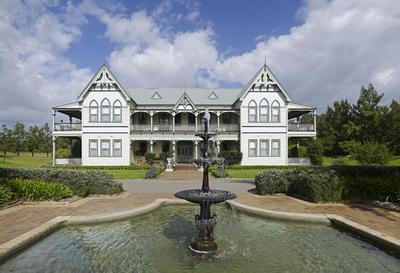
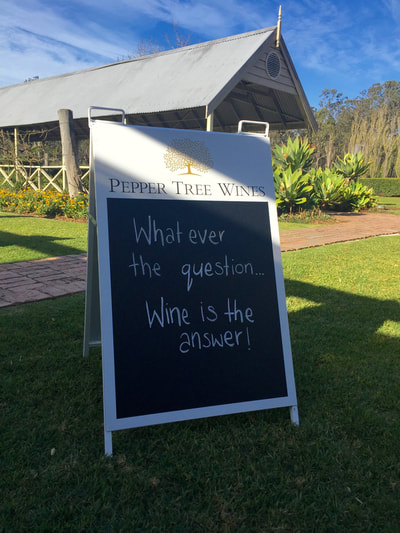
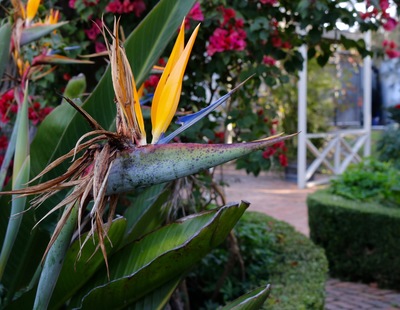
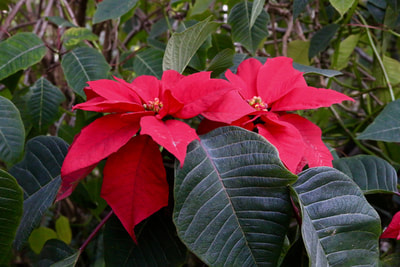
 RSS Feed
RSS Feed
